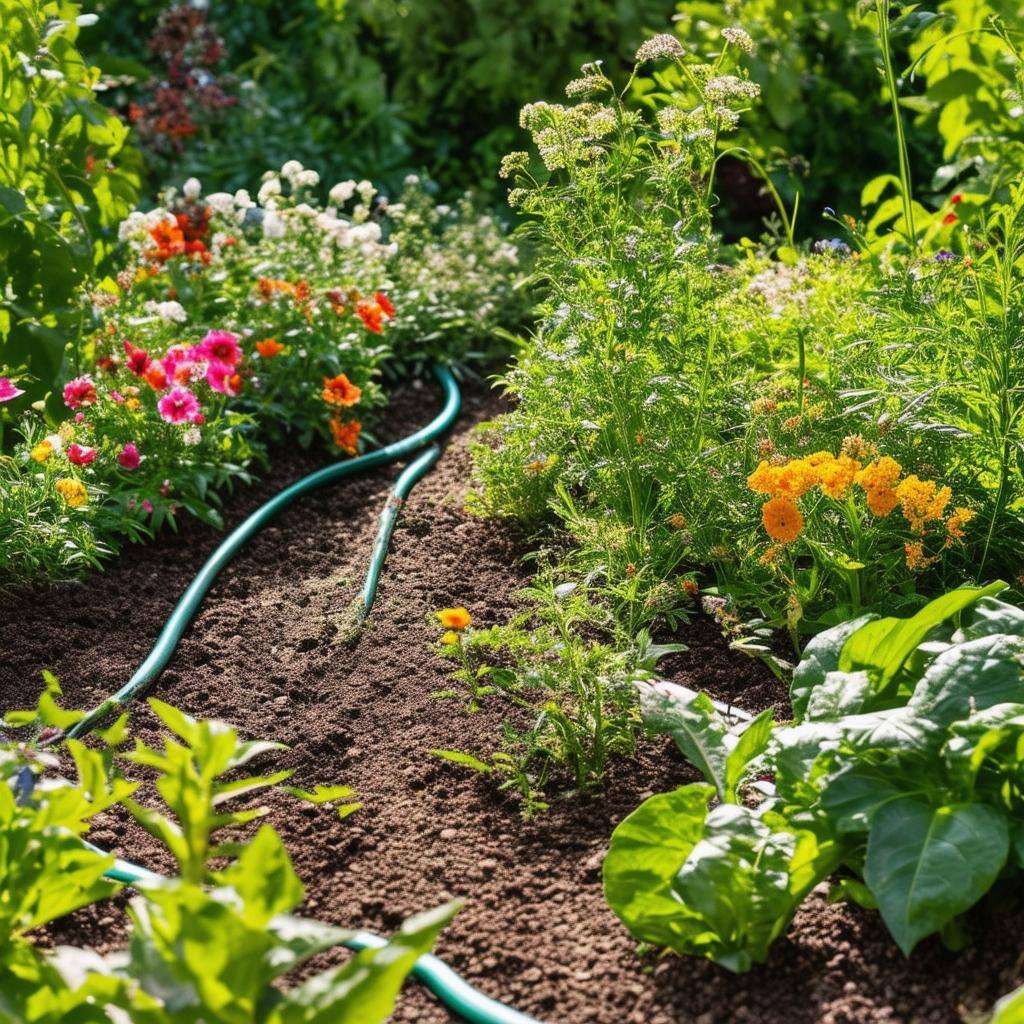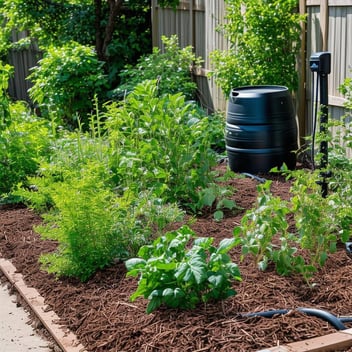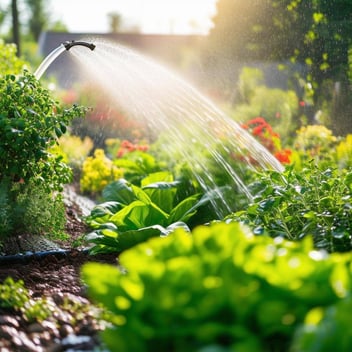The Importance of Proper Irrigation for Healthy Plants
Introduction
Water is the elixir of life for plants, serving as a fundamental component in their growth and development. Proper irrigation ensures that plants receive the necessary hydration to perform vital physiological functions. In both agriculture and horticulture, understanding and implementing effective irrigation practices is paramount to cultivating robust and healthy plants.
Understanding Plant Water Requirements
Water plays a crucial role in photosynthesis, the process by which plants convert light energy into chemical energy, producing food for themselves. Additionally, water facilitates the uptake of essential nutrients from the soil, transporting them through the plant's vascular system. It's important to note that different plant species have varying water needs; for instance, succulents require less frequent watering compared to tropical plants, which thrive in consistently moist conditions.
Consequences of Improper Irrigation
Overwatering can lead to root rot, a condition where roots are deprived of oxygen due to excessive moisture, creating an environment conducive to fungal diseases. Conversely, underwatering results in wilting, as plants lose turgor pressure, and can cause stunted growth due to insufficient nutrient uptake. Both scenarios stress plants, making them more susceptible to pests and diseases.
Benefits of Proper Irrigation
Implementing appropriate irrigation techniques enhances plant growth and increases yield by ensuring that plants receive optimal moisture levels. Proper irrigation also improves soil structure by preventing erosion and maintaining fertility through balanced moisture content. Moreover, efficient water use conserves this precious resource, promoting sustainable gardening and farming practices.
Methods of Irrigation
Surface irrigation involves distributing water over the soil surface by gravity, suitable for flat terrains. Sprinkler systems mimic natural rainfall, dispersing water through overhead pipes, ideal for various landscapes. Drip irrigation delivers water directly to the plant's root zone through a network of tubes and emitters, minimizing evaporation and runoff, making it highly efficient for water conservation.
Factors Influencing Irrigation Practices
Soil type significantly affects irrigation, as sandy soils drain quickly, requiring more frequent watering, while clay soils retain moisture longer. Climate and weather patterns dictate irrigation frequency; for example, arid regions necessitate more regular watering compared to humid areas. Additionally, plants have different water needs at various growth stages, and seasonal variations can influence these requirements.
Implementing Effective Irrigation Strategies
Assessing soil moisture levels before watering prevents over or under-irrigation; tools like moisture meters can aid in this evaluation. Scheduling irrigation based on plant needs, considering factors such as species, growth stage, and environmental conditions, ensures optimal hydration. Utilizing technology, such as automated irrigation systems with sensors, allows for precision irrigation, adapting to real-time soil moisture and weather data.
Conclusion
Proper irrigation is indispensable for maintaining healthy plants, influencing their growth, yield, and resilience against stressors. By understanding plant water requirements and implementing effective irrigation strategies, gardeners and farmers can foster thriving plant life while conserving water resources. Adopting best practices in irrigation not only benefits individual plants but also contributes to broader environmental sustainability.




